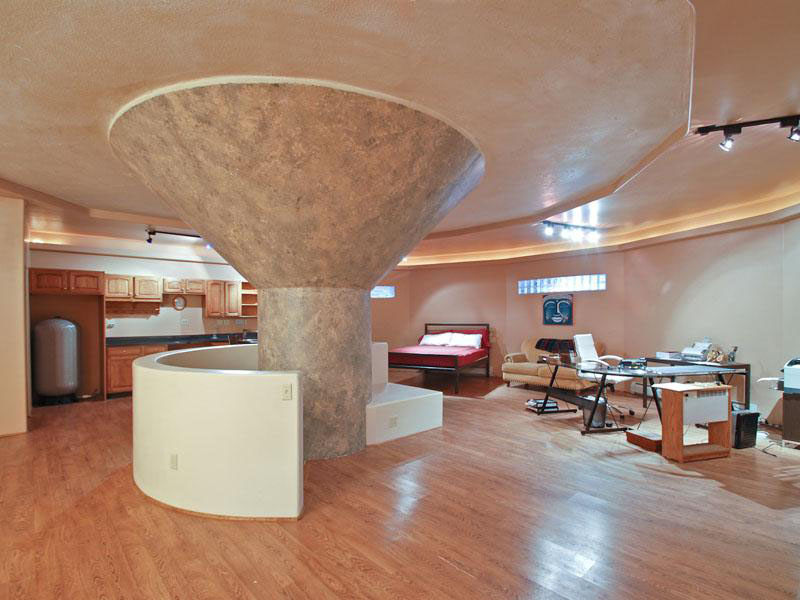

View of Silo Home East End with plane tied down to north. ‘Silohome’ Atlas F Missile Base, Adirondack Mountains, NY These seven former missile silos really are a study in adaptive reuse.ħ. Only in more recent years did governments consider other uses for the abandoned bases, and sell them to individuals keen to convert them into distinctive dwellings. Yet, as the first- and second-generation missile sites became obsolete - replaced by new and improved systems - they were decommissioned and left derelict or demolished. Image: Silohome via Treehuggerįrom the early Atlas and Soviet R-type rockets through to the Titan and Minutemen families, myriad missiles designed to carry nuclear warheads were manufactured and tested in an era fueled by fear. Surface view of kitchen island and fireplace.

Housed beneath the surface, the missile silos were far less likely to be detected by the sweeping eyes of satellites like the 1957-launched Sputnik, the first such orbiter to circle the earth, and protected by massive, heavy blast door ceilings, they became practically invulnerable to bombing attacks and even to nuclear strikes. Image: Isaac Crummīetween the 1960s and the 1990s, while the USA and USSR remained frozen in a nuclear stand-off, subterranean missile bases proliferated like the spores of some strange, foreign fungus, technology allowing the superpowers to excavate below ground to store and deploy intercontinental ballistic missiles (ICBMs). Yet, for people unaffected by such misgivings and fascinated by military history, particularly the Cold War, living or working in a disused, underground missile silo might actually hold a certain appeal. It’s certainly not something for the claustrophobic. To many, the idea of inhabiting one of these spaces may sound quirky, perhaps even a little creepy. An ICBM loaded into the silo of the Titan Missile Museum in Tucson, AZ.


 0 kommentar(er)
0 kommentar(er)
